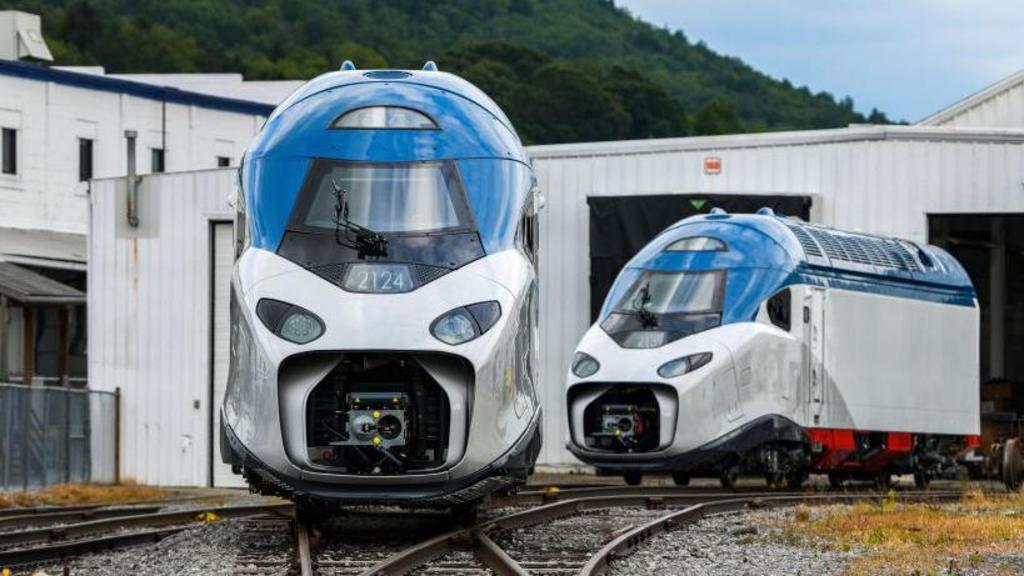The United States, a nation of 340 million people with 71 interstate highways and over 5,000 public airports, notably lacks a high-speed rail (HSR) network. However, with two HSR projects currently under construction and others in the planning stages, is the US finally poised to catch up with the advanced rail systems of China, Japan, and Europe?
Rick Harnish of the High Speed Rail Alliance views the commencement of these first two projects as a positive development. He highlights the San Francisco-Los Angeles route, a significant engineering challenge due to California’s mountainous terrain, and the comparatively simpler Las Vegas-Los Angeles project, characterized by flat land.
Further plans include a Portland-Seattle-Vancouver corridor and a Dallas-Houston line. However, Harnish notes that the former’s progress is slow, while the Texas project faces uncertainty following the Trump administration’s cancellation of a $63.9 million grant.
This contrasts sharply with China’s HSR network, expected to exceed 50,000 kilometers this year, and the European Union’s 8,556 kilometers of HSR lines, led by Spain.
The UK, while possessing High Speed 1, faces challenges with High Speed 2 due to well-documented funding issues. The International Union of Railways defines HSR as trains exceeding 250 km/h (155 mph).
The US’s lag, according to rail journalist Will Doig, stems from a car-centric culture, resistance to new infrastructure, and a history of government disinvestment in rail projects. The recent resignation of Amtrak’s CEO amid White House pressure further complicates matters.
Amtrak, currently lacking HSR operations, will introduce new 160 mph trains on its Northeast Corridor, though only a limited portion of the line allows for such speeds. The California High-Speed Rail project and the Brightline West project are proceeding independently of Amtrak, aiming for completion by 2033 and 2028, respectively.
Harnish emphasizes the complexities of HSR implementation, requiring dedicated, grade-separated corridors. China’s continued expansion, with its network projected to reach approximately 60,000 km by 2030, demonstrates significant economic benefits; 21st Europe cites a 14.2% economic increase in cities linked to the HSR network. China’s involvement in Southeast Asian HSR projects also highlights its geopolitical influence.
Europe’s extensive HSR network reflects a long-term commitment to public infrastructure, while 21st Europe advocates for further expansion within the EU and UK. Harnish stresses the federal government’s crucial role in US HSR development, a role recently exemplified by the cancellation of the Texas project, deemed a “waste of taxpayers’ money” by Transportation Secretary Sean Duffy.
Alstom executive Scott Sherin questions the US’s political will to prioritize rail investment. He also points to the challenges of integrating HSR lines into densely built city centers. Doig acknowledges the potential benefits of Sino-American collaboration but deems it politically improbable in the current climate.

